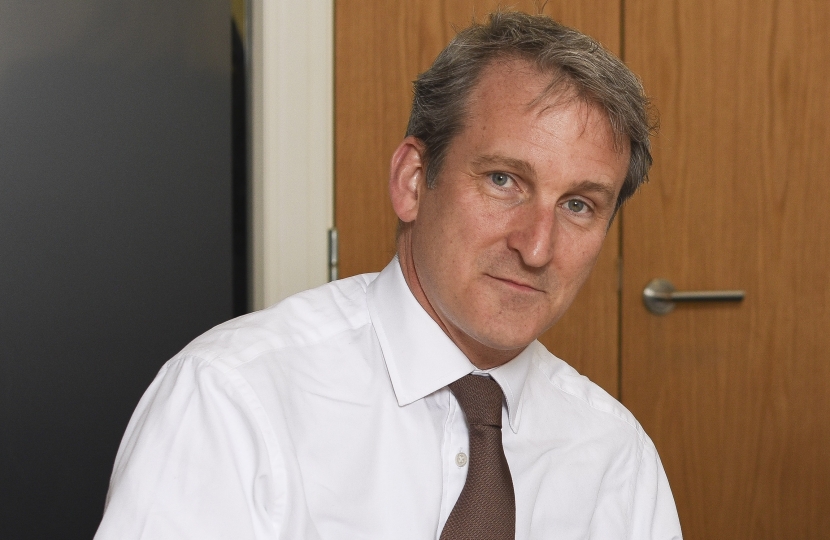
This article was written by Damian and published in this week's Petersfield Post and Herald editions:
"The news last weekend that parts of the South East would move into a new Tier 4 level of restrictions was a shock to everyone, as was the revelation that this was due to a new variant of the virus that could be possibly up to 70 per cent more transmittable that the current strain.
Watching the press conference, no one could doubt the seriousness of the situation, and the gravity with which the Prime Minister, Chief Scientific Adviser and Chief Medical Officer spoke. The news that millions of individuals and families would be unable to get together over the Christmas period was heart-breaking.
Analysis done by the advisory group on New and Emerging Respiratory Virus Threats – NERVTAG – helped to explain why the infection rates in Kent had not fallen during November despite national restrictions, and then the emergence of a cluster linked to this variant was found to spreading rapidly into London and Essex. It is suggested that the new variant could increase R by 0.4 or more.
Although there is no evidence to suggest that the variant is any more dangerous in terms of illness or that the vaccine will be less effective, more research will be done in the coming weeks to understand it better.
It is important to remember that viruses change all the time – that is what they do – and that is why we need a new vaccine for flu every year. We are fortunate to have outstanding scientists and genomic sequencing ability here in the UK, and can be very proud of the work that is taking place and the contribution this makes to the global effort to control the virus.
It is also critical to remember that the more a virus spreads, the greater the opportunity it has to change, and that is precisely why reducing the rate of transmission remains so important. As Sir Patrick Vallance said at the press conference, it may be a complex area of science to fully understand the virus and how it works, but its ability to be transmitted through human contact is very simple and highly effective.
So, although East Hampshire remains in Tier 2, millions of people in Tier 4 now find themselves instructed to stay home - with limited exemptions - and face the prospect of Christmas Day with only their immediate household or support bubble, and only for that one day. Outdoors, they can only meet one person from another household.
And although people living within Tiers 1, 2 and 3 can still meet with up to 2 households for the festivities, it is also limited to Christmas Day only, and they cannot see anyone from a Tier 4 area. Everyone is being asked to stay local, and to think carefully about the risks taken every time there is social contact outside of their household; if you behave as if you have the virus, it is easier to understand why staying away from others is important.
It is the cumulative impact of all our actions that gives the virus the greatest opportunity to spread, but also gives us the greatest opportunity to control it. It will not spread if we avoid close contact with others.
oOoOoOo
There are many who are on their own at Christmas even in a normal year; this year sadly very many more will be. It is especially hard in this season, because Christmas should be a time of togetherness. I was struck by the words of the Archbishop of Canterbury this week when he spoke about the need for people to talk on the phone with others, share memories and discuss plans for the future. These small things help to give hope; to imagine a time when the virus is under control and how we will celebrate a return to more normal times.
And of course there are always many who work throughout this period. Nurses, doctors and hospital staff, the police and other emergency services, our armed forces, those operating our transport and utility systems, volunteers, charities and community groups that support others in need, and people in manufacturing and distribution sectors that keep shops stocked with supplies.
These are joined by many others this year – staff running covid testing sites, scientists and researchers working in test laboratories and trial hubs, and people delivering the vaccination programme to name but a few – the virus will not take a break over Christmas and neither does the battle against it.
May I take this opportunity to thank all the people who are working over this period, and for continuing to put the needs of others first. And to wish the peace and happiness of Christmas in this most difficult of years. I hope we can all look forward to a brighter and better new year."


